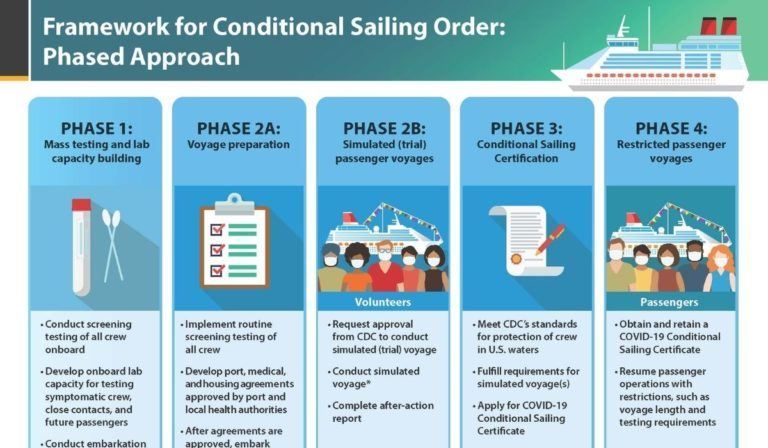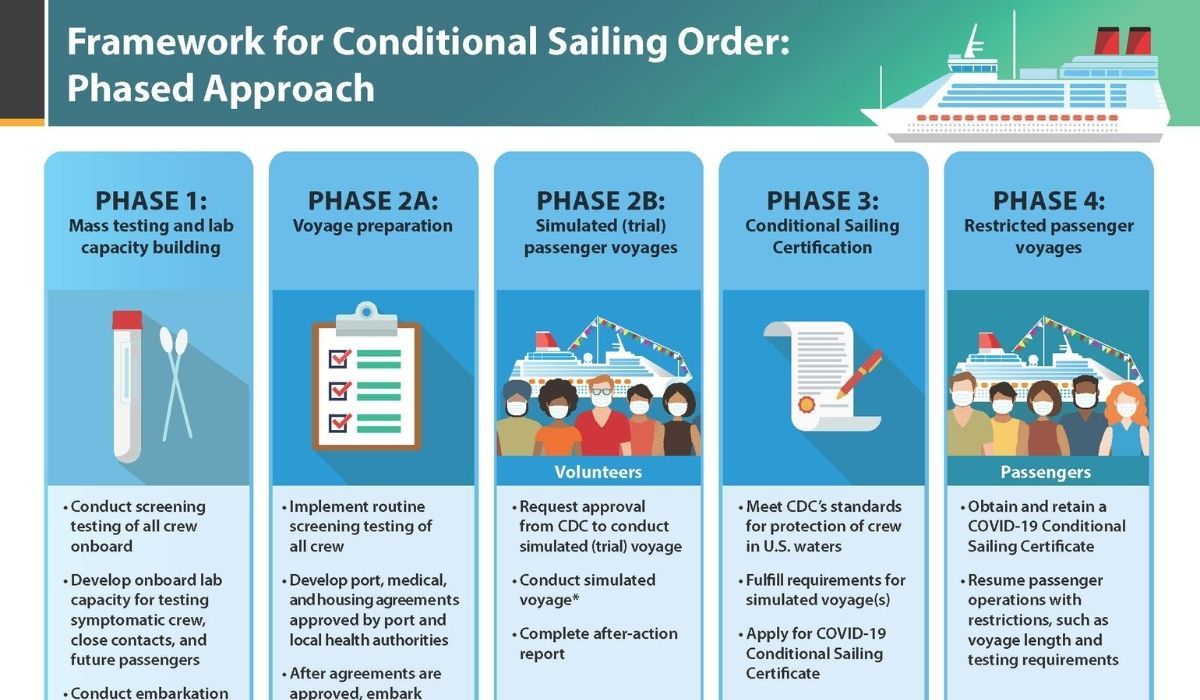Just two days ago, the mayor of Miami-Dade county, Daniella Levine Cava, stated she was excited to learn that the CDC would issue new cruise guidelines. True to its word, the following day, the CDC issued new technical instructions for cruising.
We were hopeful that we would soon get some positive updates on cruising. In fact, updates earlier in the day from the CDC revealed that travel poised a low risk to those who were fully vaccinated.
CDC Issues New Technical Instructions for Cruising
Well, late Friday afternoon, the Centers for Disease Control and Prevention (CDC) did issue the next phase of technical guidance under the Framework for Conditional Sailing Order (CSO). But, what does it all really mean?
At first glance, this new announcement gives cruisers hope. The CDC has put out plans and instructions for the next phase. But, as we read through this new technical guidance, we find that not much has changed.
In fact, there might even be more hurdles for the cruise lines to jump through with this new update.
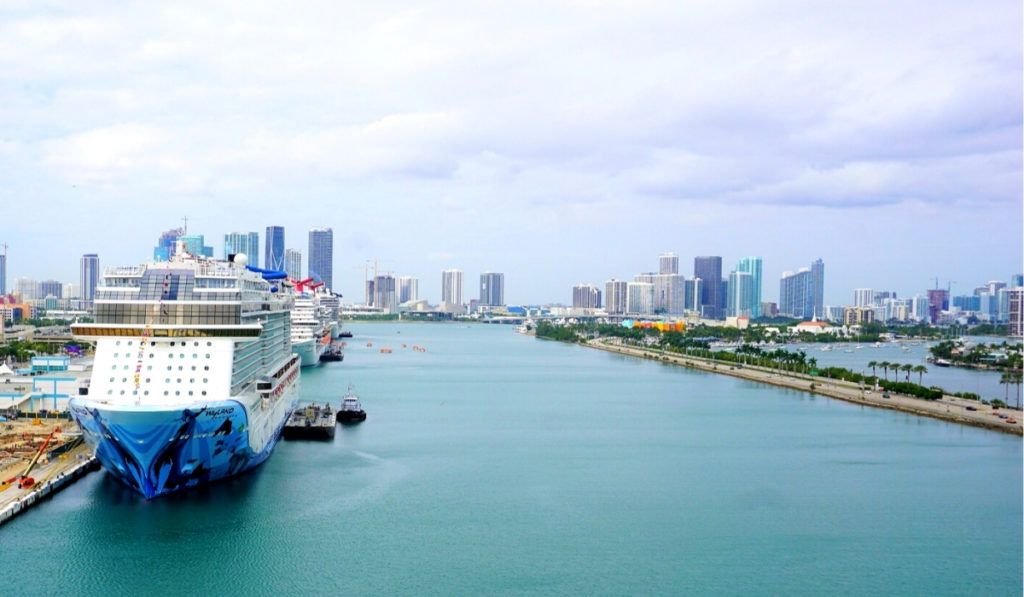
One of the big changes is the addition now of Phase 2a and Phase 2b. By dividing these activities into two distinct phases, the CDC provided guidance for only one half of the prep work.
Now, the cruise lines have the specific details of how they need to implement the protocols and procedures to meet these guidelines.
Yesterday’s technical instructions focused on three key components cruise operators need to statisfy to move on to simulated voyages.
These components of Phase 2a include:
- requiring cruise lines to establish agreements at ports where they intend to operate
- implementing routine testing of crew
- developing plans incorporating vaccination strategies to reduce the risk of introduction and spread of COVID-19 by crew and passengers
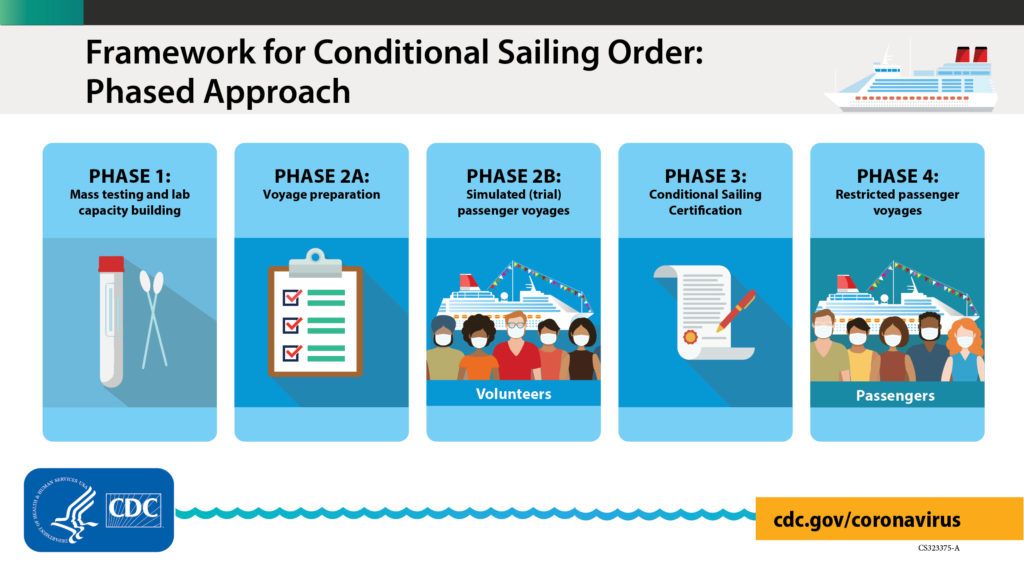
Technical Guidance on Cruise Ship Operator Agreements
In the release yesterday, the CDC provided specific guidance on how to implement each of the key components.
Such agreements must take into consideration the number of ships and total passengers expected to visit each port. In addition, these agreements must state the maximum number of travelers permitted during those hours and on those days the cruise lines will visit.
Other components include local considerations and ability to handle a potential COVID-19 outbreak on visiting ships.

In addition, agreements must provide details on embarkation and disembarkation procedures at each port. According to these recommendations, cruise lines need “specific procedures for day-of-embarkation screening for signs and symptoms of COVID-19 and laboratory testing of travelers”. This language implies that pier-side testing for COVID-19 will be a requirement for these initial cruises.
Still, it is not clear if passengers will need to arrive to the port with proof of a negative COVID-19 test in addition.
Further, plans need to document that the cruise operators will have agreements with shore side medical facilities. These agreements must ensure sick passengers diagnosed with COVID-19 can receive treatment. Other medical requirements include contingency plans, outbreak management strategies, and plans for disembarking guests who test positive for COVID-19.
Also, cruise operators must demonstrate they have secured adequate accommodations in the event that passengers must quarantine at a port.
New Updates to Crew Testing Procedures
Now, the CDC provided more guidance on the activities cruise lines must engage in during this next phase (2a). Among the new changes, cruise lines are now required to provide daily reporting of the frequency of COVID-19 on ships. Previously, cruise lines only needed to report weekly stats to the CDC.
Likewise, routine testing programs must be established on each ship. Also in yesterday’s release, the CDC clarified procedures for certain groups of employees and visitors.
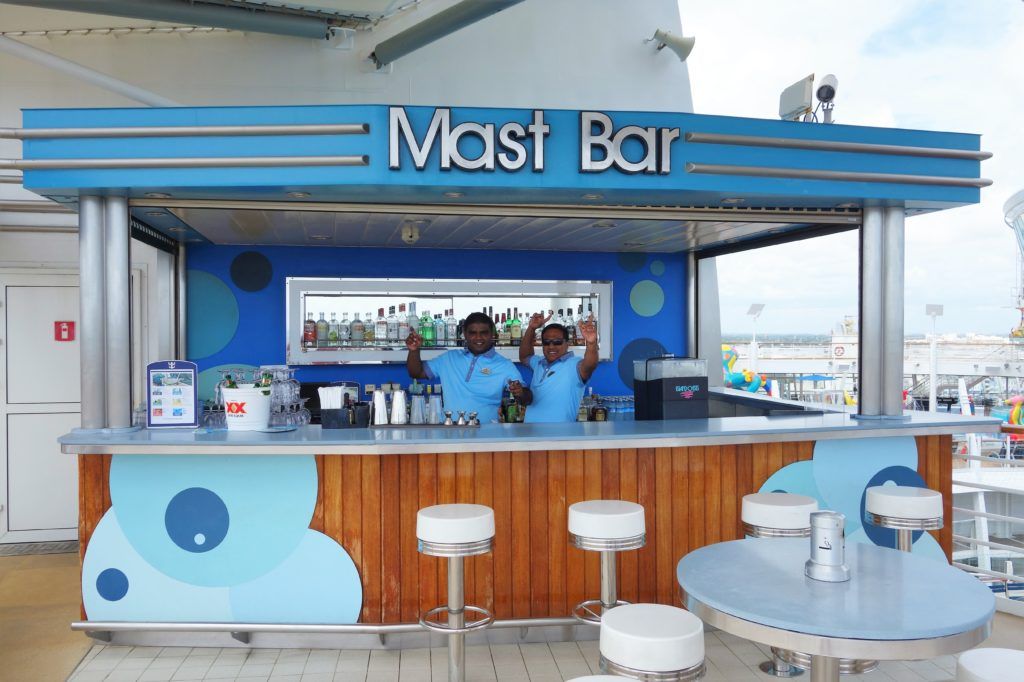
Those who will be working or visiting the ship for a period of 7 days or less need to have a negative COVID-19 test to board the ship. Once on board, these individuals do not need to quarantine.
When boarding the ship, day visitors or contractors do not need to be tested. These individuals just need to abide by safety protocols, such as social distancing and wearing a mask.
The CDC revised the updated surveillance reporting requirement to daily, revised the color-coding system, and COVID-19-like illness definition.
This phase (2a) specifically provides technical instructions on:
- Increasing from weekly to daily the reporting frequency of COVID-19 cases and illnesses.
- Implementing routine testing of all crew based on each ship’s color status.
- Updating the color-coding system used to classify ships’ status with respect to COVID-19.
- Decreasing the time needed for a “red” ship to become “green” from 28 to 14 days based on the availability of onboard testing, routine screening testing protocols, and daily reporting.
When it comes to the new color-coding system, the CDC has added a new Orange ship criteria. This designation is for a ship that has one or more newly embarking crew that is positive for COVID-19. The ship can avoid the red status if crew member(s) quarantine for 14 days and do not come in contact with other crew.
Vaccination Plans
These new technical plans issued by the CDC also require cruise lines to provide details and a timeline to vaccinate crew. These plans must include how cruise lines plan to vaccinate those already onboard cruise ships.
These plans must also include the cruise line’s statement on its plan to incorporate “vaccination strategies to maximally protect passengers and crew”.
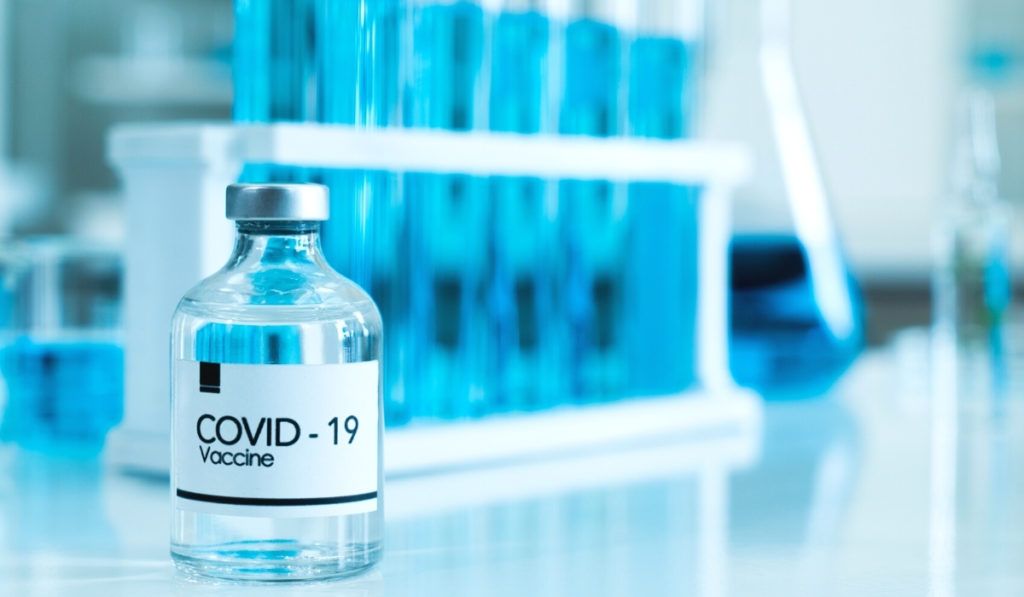
This would imply that the CDC is expecting all cruise lines to make a statement regarding passenger vaccinations. It is not clear if the CDC will mandate adults over 18 be vaccinated or if they will leave that up to the cruise lines to do so. Although, the CDC does recommend that all passengers, crew, and port personnel get the vaccine when it is available to them.
According to the CDC, the vaccine will be “critical” for a safe return to cruising from the U.S. “As more people are fully vaccinated, the phased approach allows CDC to incorporate these advancements into planning for resumption of cruise ship travel when it is safe to do so.”
The Next Steps With the CDC NEW Technical Instructions for Cruising
The next phase (2b) of the CSO will include the simulated voyages. However, the CDC did not prove a timeline for when cruise lines could start these test cruises. Further, the CDC has not provided any instructions on how these voyages will be conducted.
The CDC states it is “committed to working with the cruise industry and seaport partners to resume cruising when it is safe to do so, following the phased approach outlined in the CSO”.
However, what is clearly absent from these statements is the proof that cruising can be conducted safely. You only need to look at the cruise ships currently sailing in Europe and Asia. Several cruise lines, including Royal Caribbean International and MSC Cruises, have already demonstrated that it is safe to cruise.
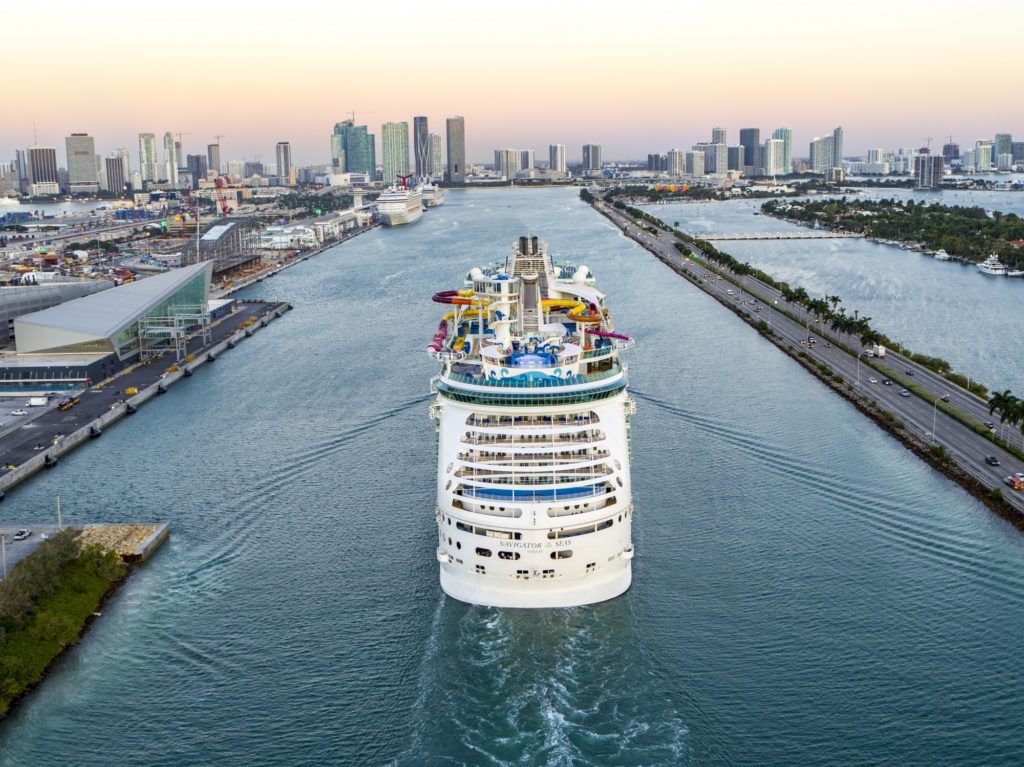
These cruise lines have already implemented many of the procedures outlined above. There have been a limited number of cases reported on those ships. Further, no outbreaks or medical emergencies have occurred on those sailings.
When the CDC will provide another update or guidance is not known. However, we are not optimistic that cruising will resume soon here in the U.S. given these updates yesterday.
In the meantime, travelers can book voyages from other North American ports that do not fall under the CDC’s jurisdiction. Royal Caribbean has plans to sail from the Bahamas and Bermuda this summer. Celebrity Cruises also has plans to sail from the Caribbean. It is likely more cruise lines will announce similar plans given these recent updates. Are you booked on any of these voyages this summer?
Comments
What do you think of the CDC’s New Technical Instructions for Cruising? When do you think cruising will resume here in the United States? Drop us an anchor below with your reaction to this cruise update.


